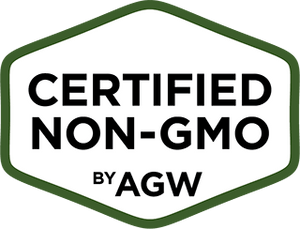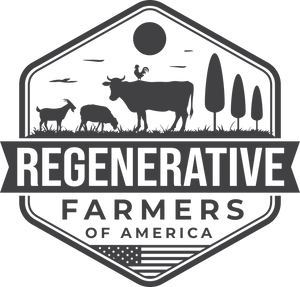- No products in the cart.
Many customers ask us how Cahokia Rice can be naturally higher in protein and still remain a non-GMO product. The answer is in its development - our rice was developed through traditional breeding - with no foreign genes or DNA inserted - making it non-GMO. We have dedicated researchers at Louisiana State University to thank for that.
We recently attended the annual Research Station Field Day in Crowley, Louisiana, and had the chance to speak with Cahokia Rice developers Dr. Ida Wenefrida and Dr. Herry Utomo about the work that went into developing our own specialty variety of rice. Herry reminded me that nature is always changing, and presents us with limitless diversity. Researchers can take advantage of these natural occurring differences .While other rice researchers were exploring ways to coax more carbohydrates per acre, or better disease resistance, or pesticide tolerance, Ida Wenefrida pondered whether nature's diversity might have provided a rice that was naturally producing more protein. She thought it was at least worth taking a look. There are thousands of varieties of rice in the world and she knew it would be an extensive search.
While testing a popular heritage rice variety known as ‘Cypress’, Ida found a strain with natural occurring higher than expected protein. Cypress was one of major rice varieties grown in the southern United States, and originally earned its reputation as the gold standard for the rice milling quality. Given its direct effects on the cooking characteristics, as far as we are concerned, milling quality is one of the most important qualities of a grain, and therefore a desirable one for our Cahokia Rice.
Finding a favorable trait is only the start of establishing a new variety of rice. Once the favorable genetic trait is isolated, it has to be purified and tested for performance consistency, across different growing environments and years. The process Ida utilize was this: first, the rice was observed through a screening process where only rice grains producing extra protein were selected. While the majority of the rice will not be able to survive the selection process, roughly one in over 100 million grains show the naturally-occurring higher levels of protein she screened for. Through these controlled settings, careful observation, and the factor of luck associated with most scientific discoveries, Ida was able to identify and isolate this new naturally occurring trait that produces more protein in rice. Ida and her team of researchers at Louisiana State took seven careful years to develop and perfect Cahokia Rice. The gene that gives Cahokia Rice higher protein content is a permanent one within its genetic code. It was valuable enough trait that LSU protected it with a plant patent.
Here at Cahokia Rice, we favor this approach - one without transgenic techniques, genetic modifications, or any other techniques involving GMOs and additives. We know exactly how our product is naturally developed and perfected, so that our customers in turn can know exactly what they are putting into their bodies when they purchase, cook, and enjoy our rice. Cahokia Rice is fully committed to transparency in both our processes and quality - this is what sets us apart from commercial rice-growers and manufacturers.














